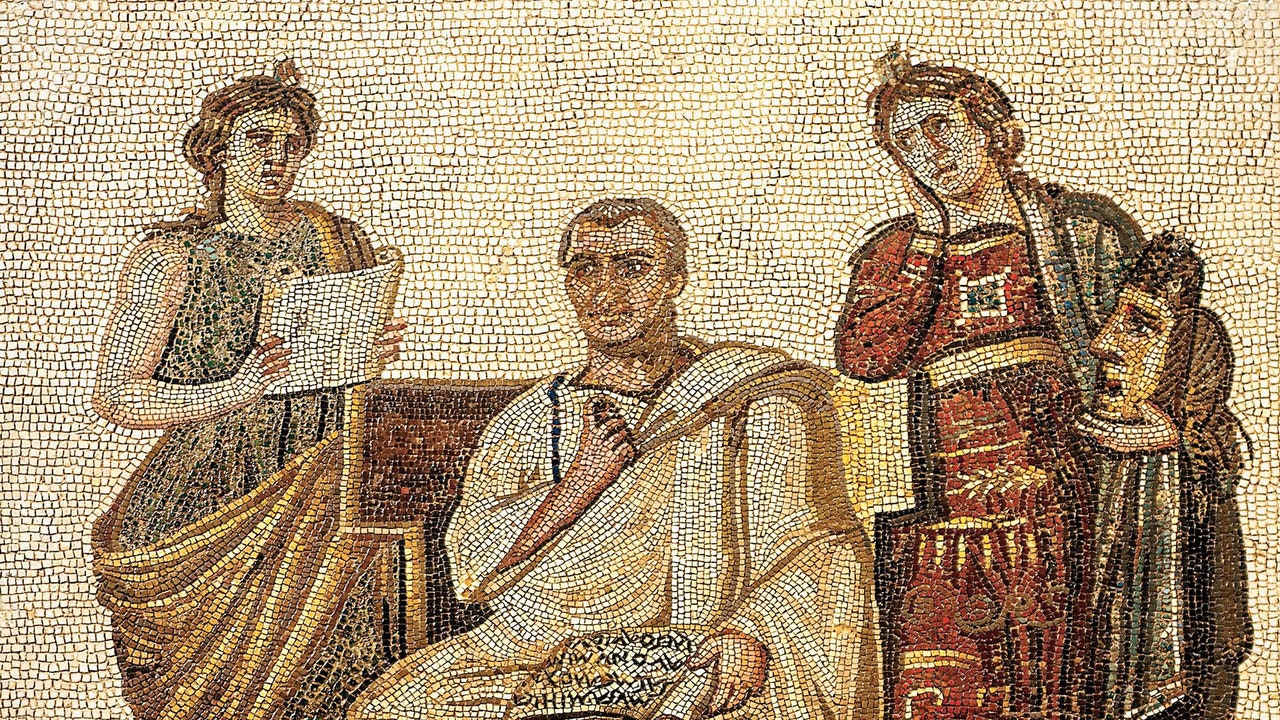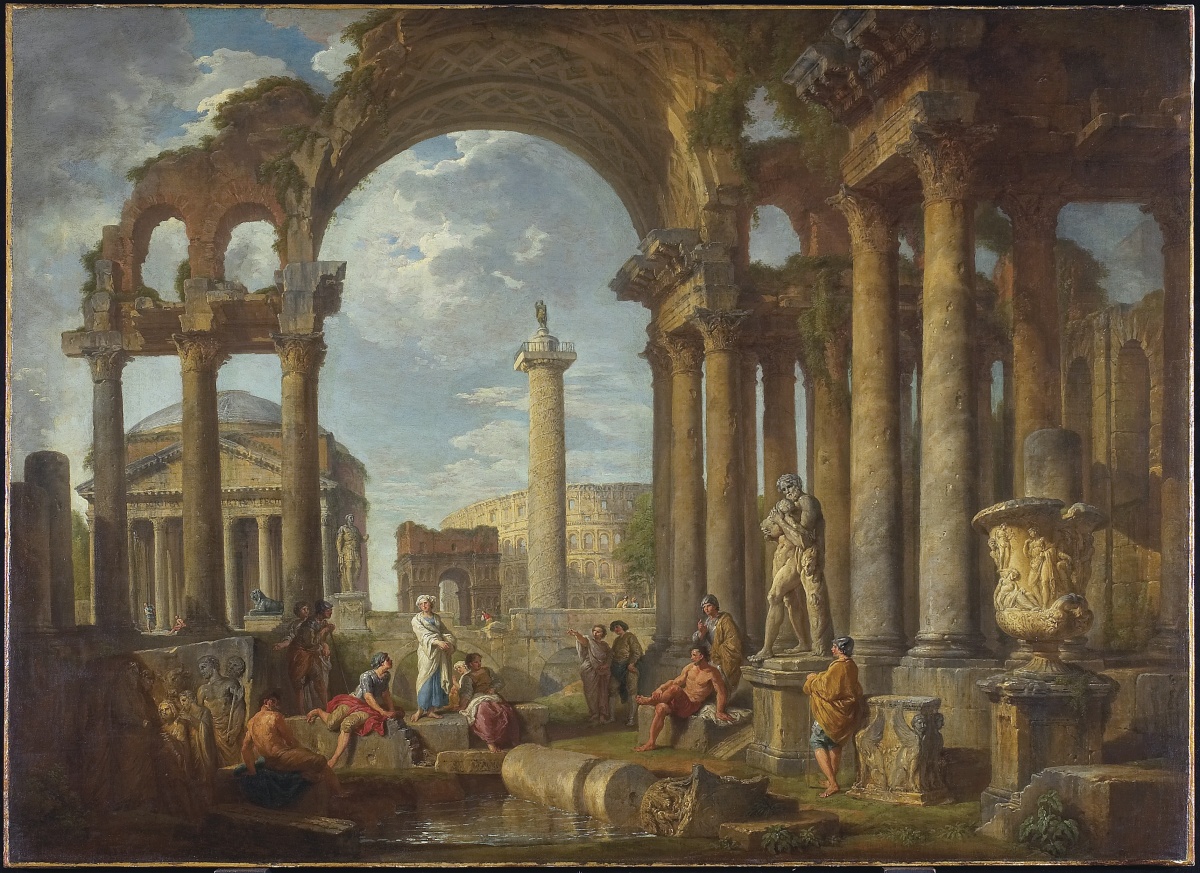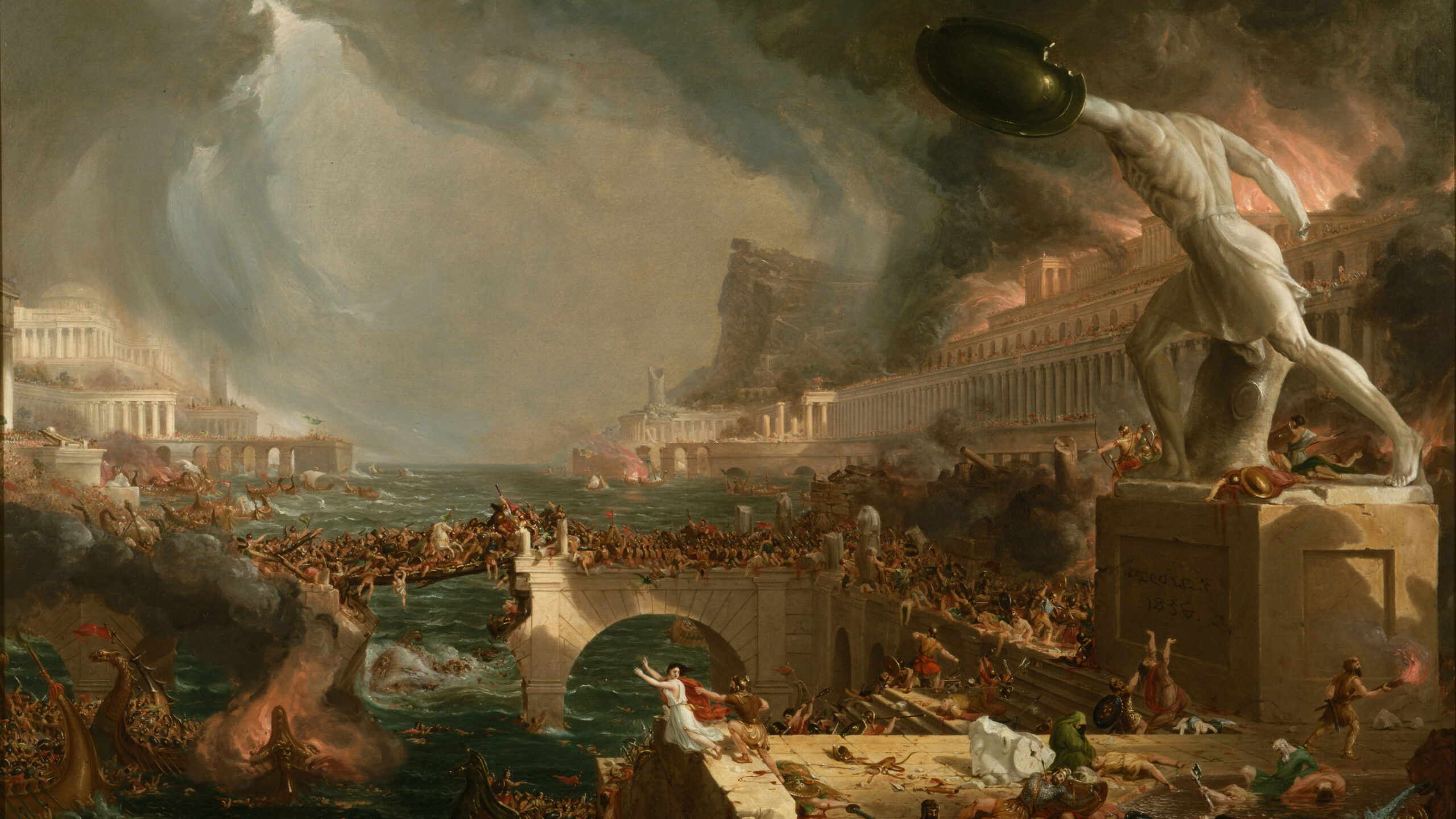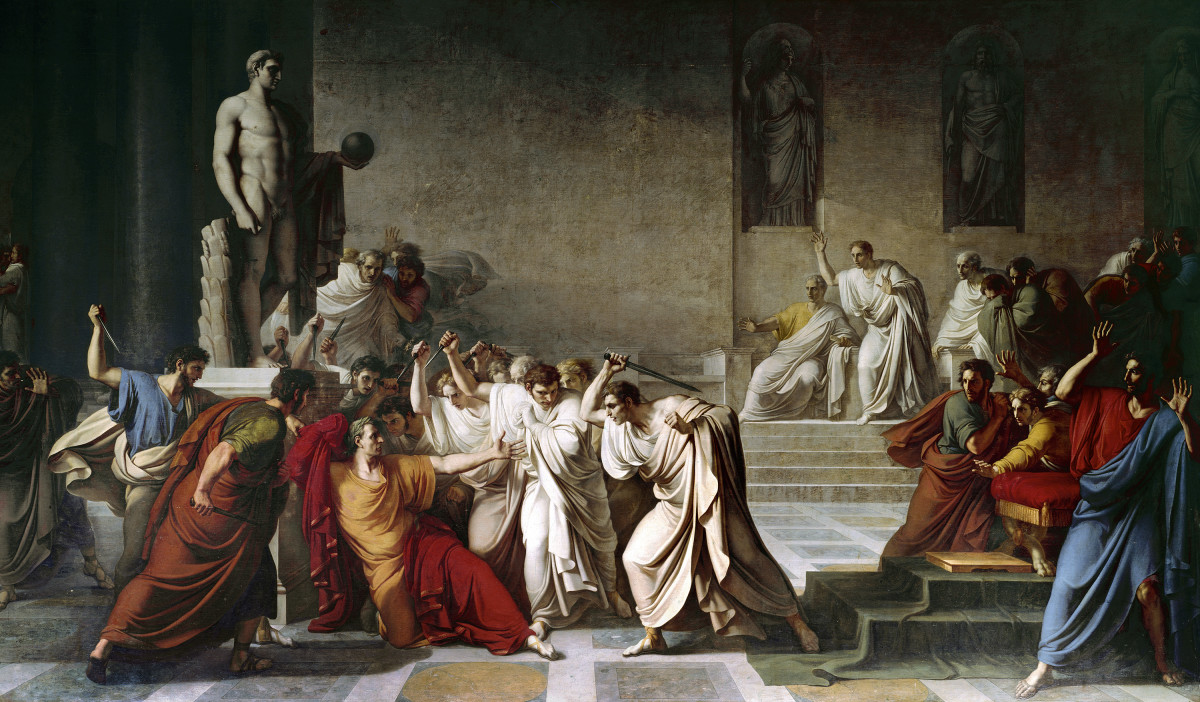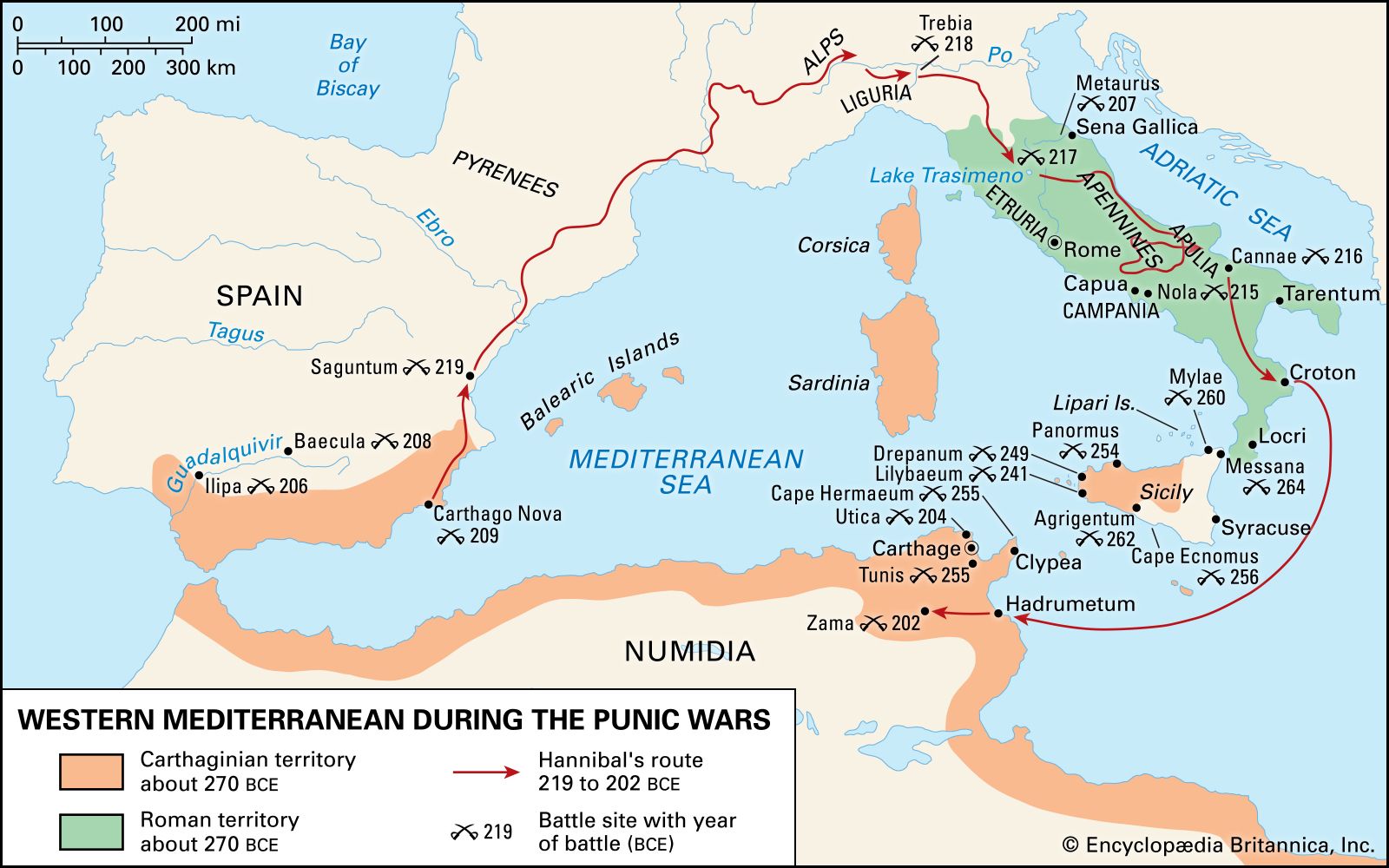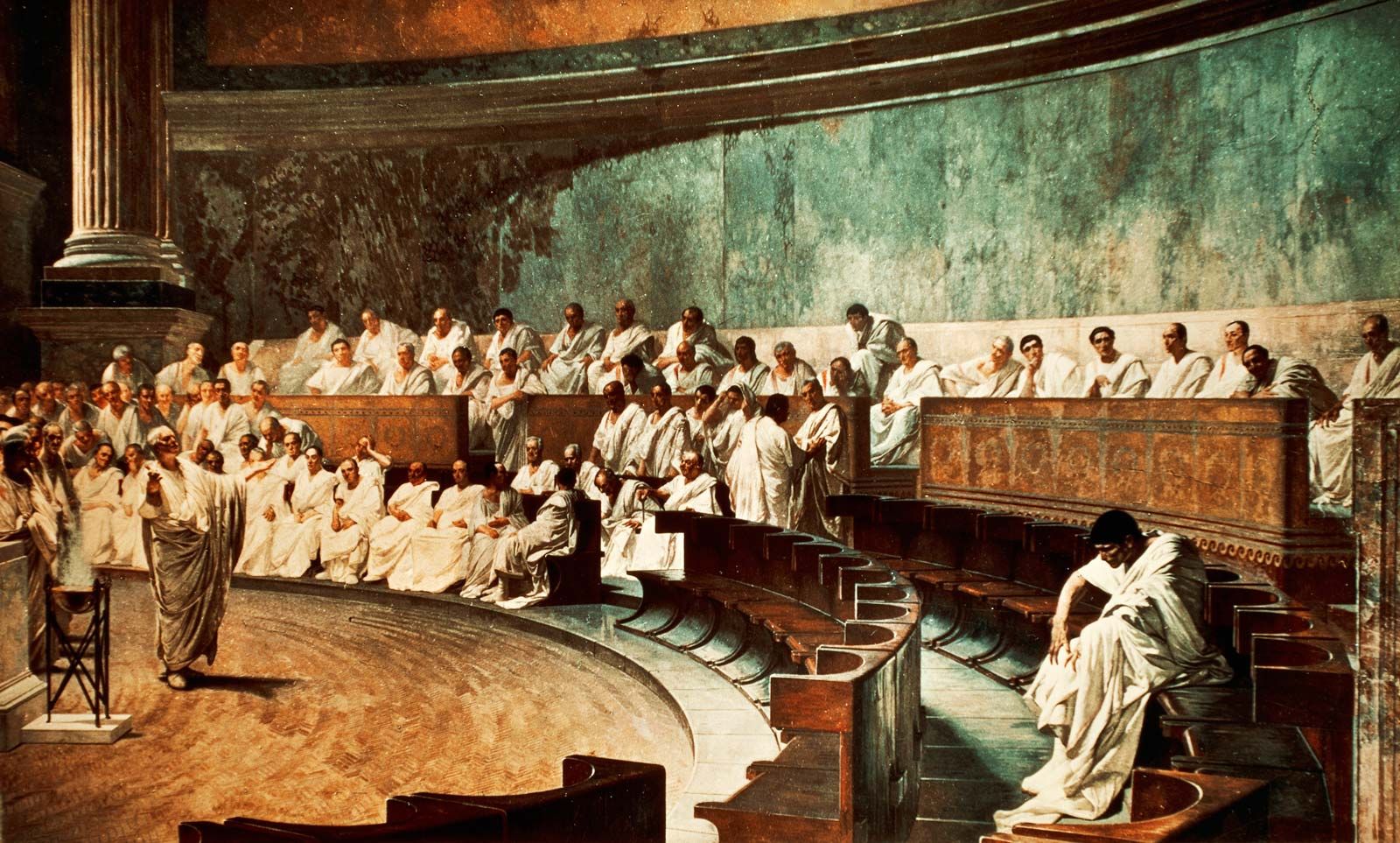Summary | The Romans
Early Rome was a Latin city influenced by Greek colonies in the south of Italy and by the Etruscans to the north. Rome expelled its Etruscan kings in 509 B.C. and became a republic.
Early Roman society was divided between the dominant aristocratic minority (the patricians) and the plebeians, who formed the mass of the population. The government was led by two elected consuls, who were advised by a Senate of ex-officials. At first most officials were patricians, but by the fourth century B.C. the plebeians had won the right to hold most offices, including consul.


